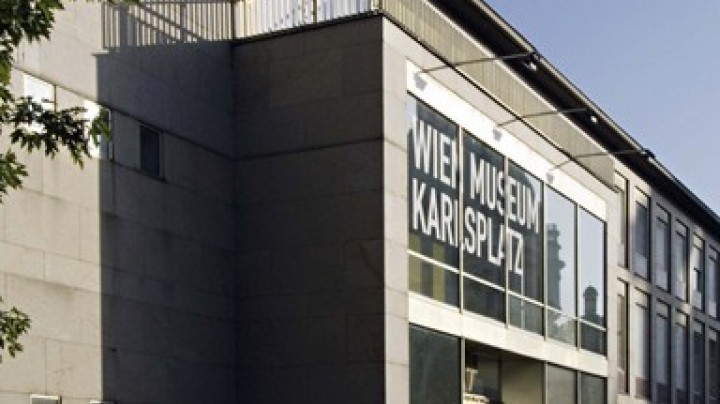
Römermuseum
Once the site of officers’ houses in the Roman fortress of Vindobona 2000 years ago, it is now the location of the new Römermuseum on Hoher Markt, where you can find out about the history of the Roman city of Vienna.
What die Roman Vienna look like?
How did people live in those days?
The presentation focuses on Vindobona’s heyday, with a population of more than 30,000 in the region of Vienna: a colourful melting pot of various peoples, locals as well as immigrants from all parts of the Roman Empire.
The legionary fortress served to secure the northern border of the empire. Around 6000 soldiers performed administrative and manual work and handicrafts as well as their military duties. In Vindobona they weren’t deprived of their accustomed lifestyle for there were plenty of leisure activities to be enjoyed – taverns, baths, theatres, not forgetting brothels.
The legionary fortress was a significant economic factor: round about Vindobona were urban settlements, important in providing commodities and food, including grain, bacon and cheese. Roman cultural technical achievements and value systems were adopted by the local populace, which in its turn influenced the Romans as well. Thus a new mixed culture evolved, which also integrated religious cults.
Construction works since the late nineteenth century have continually brought traces of Vienna’s Roman past to light.
The most important excavation – the remains of tribunes’ houses – has now been extended to become the Römermuseum, an outside branch of the Wien Museum
Opening hours
Tuesday to Sunday and public holidays, 9 am – 6 pm
Closed: 1.1., 1.5. and 25.12.










